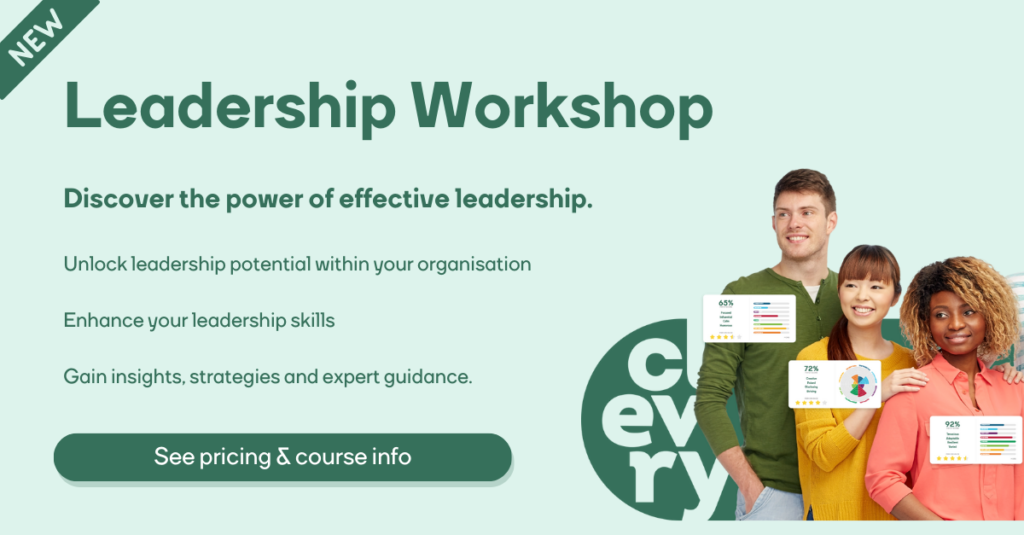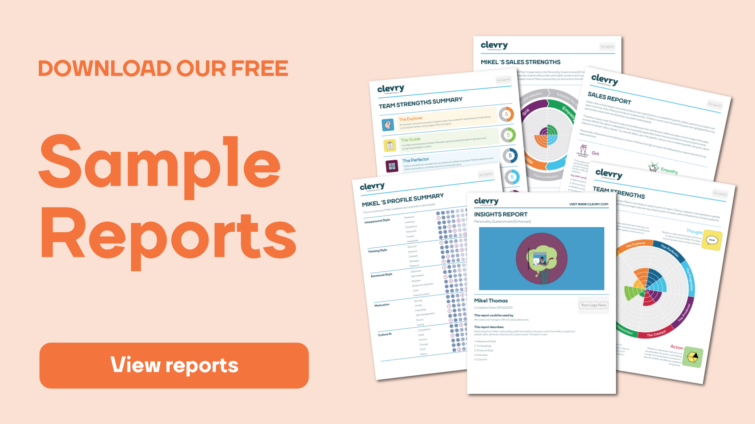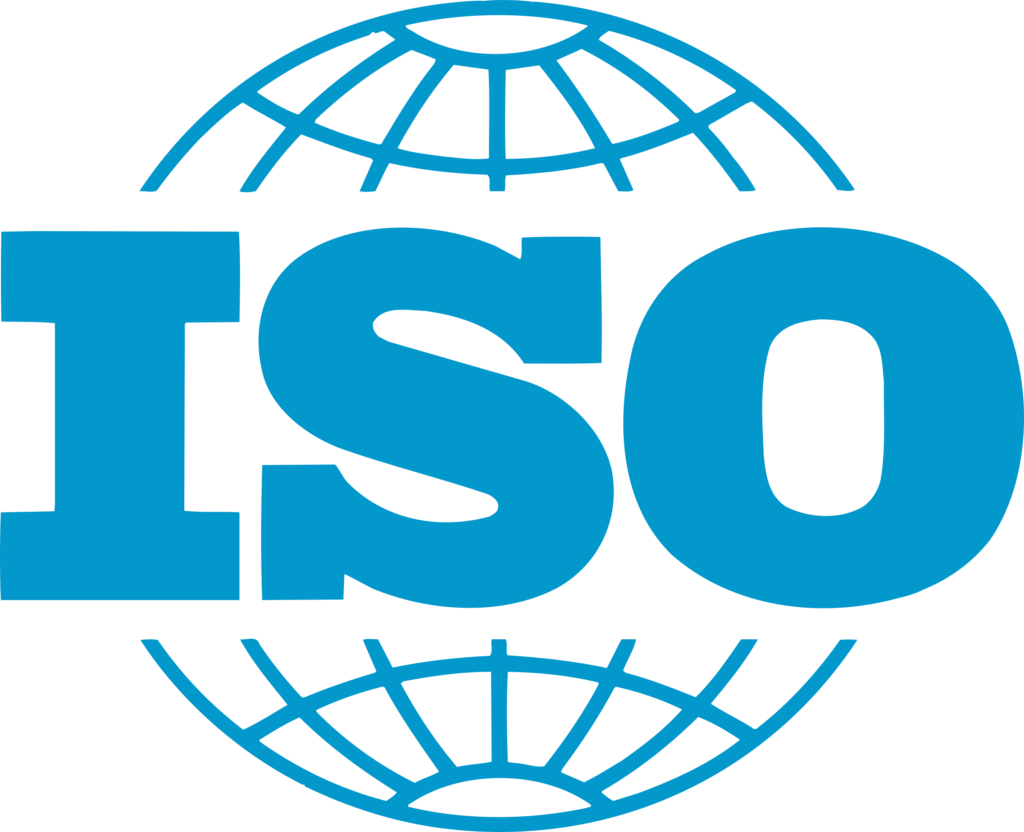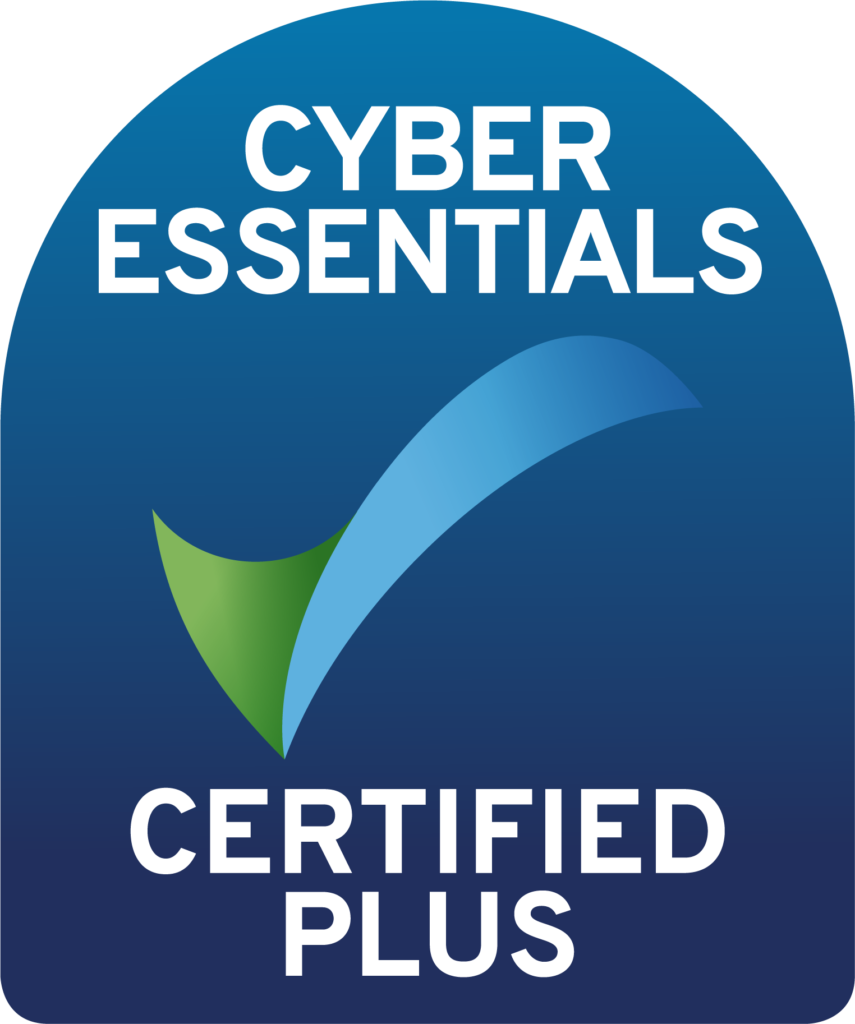Finding the right CEO is a critical decision for any company. The CEO serves as the face of the company, shapes the organisational culture, and drives the company’s growth and success. Therefore, business owners and executive recruiters must take a diligent approach to identify and recruit the right leader for their organisation. In this article, we discuss five key points to help businesses find their next CEO.

How to find your next CEO
-
Define the role and required skills
Before starting the recruitment process, it is important to define the CEO’s role and the skills required to perform that role effectively. This should include a clear understanding of the company’s current challenges and opportunities, the culture and values that the new CEO should embody, and the specific skills needed to drive growth and success. A well-defined role and set of skills will help recruiters to create a targeted job description and identify the right candidates for the position.
-
Look internally first
One study by the University of Zurich and the Frankfurt School of Finance found that, on average, CEOs hired from outside the company didn’t perform as well as those who are internally promoted to the top spot. Perhaps the benefit here is that hiring leaders internally leads to having a CEO who better understands the current company culture and the road to growth. Therefore, companies should consider internal candidates first, as these individuals often possess a deep understanding of the company’s operations, values, and culture. Internal candidates may also require less time to adapt to the new role, making for a smoother transition.
-
Utilise psychometric assessments
Defining leadership can be quite complex. Clevry’s Head of Psychology, Laura Harrison, says that when it comes to defining leadership qualities, the way in which they are measured will need to take this complexity into account. Therefore, using leadership assessments in your recruitment can help to identify leadership candidates who possess the required skills and fit well with the company culture. Psychometric assessments measure various aspects of a candidate’s personality, cognitive ability, and leadership style, providing valuable insights to recruiters. This can help ensure that the CEO is a good fit, both culturally and with their skillset.
-
Use multiple recruitment channels
To find the best candidate, recruiters should use multiple recruitment channels. These may include advertising on job boards, social media platforms, and industry-specific publications. Additionally, recruiters may utilise a recruitment and staffing company, which has a large network of candidates and can often identify top-tier executives who may not be actively seeking new opportunities. Another option is to tap into employee referrals, as current employees may be able to recommend qualified, high-level candidates from their networks.
-
Conduct structured interviews
Once a pool of qualified candidates has been identified, recruiters should conduct structured interviews to assess the candidates’ fit with the company culture and leadership style. The interview process should include multiple rounds, with a focus on the candidate’s experience, skills, past results and leadership philosophy. It may also be helpful to involve key stakeholders in the interview process, such as board members, senior executives, and employees. This can help to ensure that the new CEO will be a good fit with the entire organisation.
What happens when you hire the wrong CEO?
Hiring the wrong CEO can have significant negative consequences for your company. The CEO serves as the face of the organisation and drives the company’s growth and success. A poorly chosen CEO can harm the company’s reputation, morale, and financial performance. Here are some potential downsides of hiring the wrong CEO:
Damage to the company’s reputation:
The CEO is often the public face of the company. A poorly chosen CEO can damage the company’s reputation by making unpopular decisions or engaging in unethical practices. This can lead to negative media coverage, loss of customers, and harm to the company’s brand.
Decreased morale and productivity:
The CEO sets the tone for the company culture. A CEO who is not a good fit with the company’s values and culture can lead to decreased morale and productivity among employees. This can result in increased turnover, decreased innovation, and lower profits.
Financial losses:
The CEO plays a critical role in driving the company’s financial performance. A CEO who lacks the necessary skills or experience can lead to poor financial performance, decreased revenue, and increased expenses. This can result in decreased shareholder value and harm the company’s long-term viability.
Strategic misalignment:
The CEO is responsible for setting the company’s strategy and direction. A CEO who is not aligned with the company’s goals or vision can lead to strategic misalignment, missed opportunities, and decreased competitiveness.
Cultural clash:
A CEO who is not a good fit with the company culture can lead to a clash of values and beliefs. This can result in tension, conflict, and decreased collaboration among employees. A cultural clash can also harm the company’s reputation and lead to increased turnover.
Hiring the wrong CEO can have significant negative consequences for a company. It is important for businesses to take a diligent approach to identify and recruit the right leader for their organisation. By doing so, they can set their company up for long-term success and avoid the potential downsides of hiring the wrong CEO.
Introducing: The Clevry Leadership Report
The Clevry Leadership Report provides organisations and individuals with a set of indicators that show a respondent’s potential in a leadership role.
Based on the Clevry Leadership Model, the areas contained within the report are important attributes which can help to identify general potential for individuals aspiring to, or working within a leadership role.
It is important to recognise that the qualities required of individual leaders may differ, depending on the role and the context. Organisations also require different capabilities from their leaders at different times. It is recommended that the information contained in this report should therefore be considered in the light of these specific needs.
Every individual has their own strengths and preferences when it comes to their personal leadership style. Its natural to have attributes that are stronger and also some that are lower in the report.

The report looks at 12 attributes within these four areas:
Leading People
Working with others
Adopting a collaborative approach in order to achieve results for the team and the organisation, valuing the opportunity to work with others.
This area looks at the extent to which the respondent has a preference for working in a collaborative way with others, as well as their natural preference to work alongside others on a day-to-day basis.
Connecting and networking
Comfortable seeking out opportunities to network; willing to flex their approach with others to build mutually beneficial relationships.
This area looks at the extent to which the respondent feels comfortable and at ease in making connections with others. It also gives an indication of the extent to which they are likely to flex their approach when meeting others to help build relationships.
Supporting others
Adopting a supportive leadership style, making efforts to gain an understanding of the views of others. Motivated by caring aspects of a leadership role.
Responses in this area look at the extent to which there is a preference to being open to listening to the views and ideas of others, as opposed to putting across their own. It is also concerned with the extent to which the respondent is motivated by the more caring aspects of a leadership role.
Leading Tasks
Decision-making and ambiguity
Confident to make quick leadership decisions when all the facts may not be available; relies on intuition and experience to cope with ambiguity.
This area focuses on the extent to which respondents feel comfortable making decisions relatively quickly when this is required. It also looks at the extent to which they are confident in doing so without a full and thorough analysis of data or where there is an element of ambiguity in the situation.
Achievement
Driven towards challenge and the achievement of results, having a sense of being able to make a difference.
This area focuses on the tendency to be motivated by the achievement of outcomes and the extent to which respondents then believe they can influence events around them to achieve outcomes.
Ethical stance
Orientation towards making leadership decisions which take account of ethical or moral considerations; focused on taking a highly thorough and careful approach.
This area considers the extent to which the respondent relies more heavily on their value system, including ethical and moral considerations when they make decisions as a leader. It also looks at their tendency to take a highly rigorous and careful approach to their work in order to ensure that the correct decision is made or the right course of action is selected.
Leading Yourself
Impact
Confident in persuading or convincing others to support an idea, agenda or direction; comfortable in taking the lead.
Responses in this area look at the respondent’s tendency to be persuasive with others and to be persistent in influencing their views. It also considers their preference for being assertive in their communication and having a tendency to take the lead in a group.
Confidence and self-belief
Demonstrates inner confidence; remains positive in the face of criticism and tends to recover quickly from setbacks.
This area looks at the extent to which the respondent feels confidence in their own capabilities and has a tendency to exhibit high self-esteem. It also indicates the extent to which the respondent feels that they are resilient and robust in the face of criticism.
Coping with pressure
Remains calm in the face of challenge or stress; responds positively to working under pressure.
This area looks at the extent to which the respondent tends to remain calm when facing the demands of a leadership role. It also considers the extent to which they feel motivated by being placed under pressure or whether their preference is to work in a relatively peaceful or more settled environment.
Leading the Way
Learning and developing
Seeking new ways to get things done more effectively; values innovation; high drive for self-development and the building of new skills.
This area looks at the extent to which the respondent is drawn to the creation of new approaches and novel ways of achieving their goals. It considers their tendency towards innovation and the pursuit of self-development.
Looking ahead
Focus on taking a longer term, ‘big picture’ view; demonstrates a positive outlook for the future.
Responses in this area look at the respondent’s preference for viewing issues from a longer-term strategic perspective and basing decisions with a long-term vision in mind. It also considers the extent to which they have a tendency to take an optimistic view and feel that things are likely to unfold in a positive way.
Openness and change
Willing to embrace change and drive it forward; favours freedom and spontaneity to do things differently in the working environment.
This area considers the respondent’s preference for operating in an environment of change and willingness to support and progress change in the organisation. It also looks at their preference for being able to support this through favouring a culture where freedom and spontaneity are valued.
If your organisation is in the process of hiring for senior leadership positions or just looking at unearthing the leadership potential already within the business, then take a look at our Leadership Report




